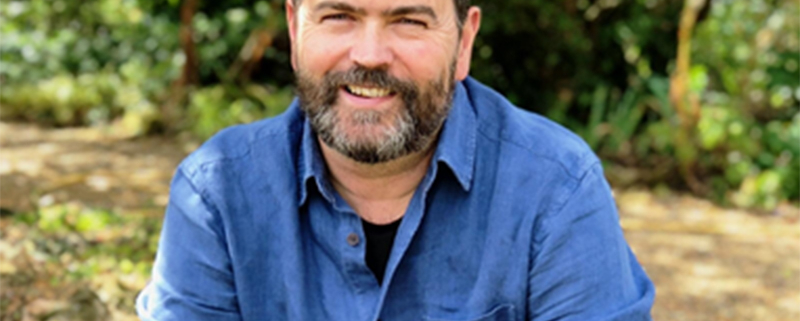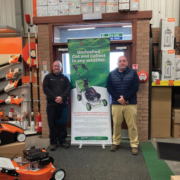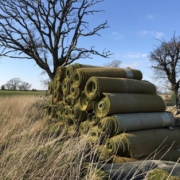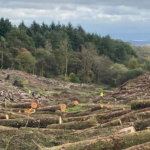Do Lawn Companies Choose Profit Over Real Sustainability?
Do Lawn Companies Choose Profit Over Real Sustainability?: The UK is, quite literally, a sea of green. Green grass in fact. Aside from houses, roads, and man-made structures, much of the landscape consists of natural, self-sustaining grass—mountains, hillsides, verges, fields, and meadows that thrive with minimal intervention. These areas are often grazed by sheep or cows, never watered by hoses, fertilised by products, or sprayed with herbicides. This natural green blanket of grass is free, cheap, and largely unnoticed by us as we wander through it.
So why, when there are grass species that can thrive with minimal human intervention, are these not the go-to choice for lawns across the country? The answer is simple: profit. A naturally resilient grass species offers little financial gain to commercial lawn care companies and seed sellers.

Do Lawn Companies Choose Profit Over Real Sustainability?
Enter the world of profit-making modern lawn care—dominated by companies, both established and emerging, which promote grass species and care methods that necessitate constant upkeep.
While this might sound cynical, it’s sadly truer than you might think: many companies involved in lawn care today push grass species that are ill-suited to the UK climate. These grasses need to be reseeded annually (due to their natural thinning over winter), watered frequently, and sprayed more regularly with herbicides to prevent weed encroachment. They also grow up to 500% faster than native grasses, requiring far more mowing (not great for time and fossil fuel use). Essentially, they are grasses that cannot sustain themselves like the native varieties found in verges, fields, hillsides and anywhere else.
Sadly, this is where lawn care stands today, and COVID-19 only accelerated this worrying trend.
Businesses, by nature, aim to make money, and the cost of this grass ‘failure’ is passed on to both our wallets and more importantly, the environment.
When did lawn failure become so common? Of course, It can be traced back to the first “feed and weed” products that promoted the idea that weeds were a significant problem, which paved the way for companies to capitalise on bad lawn care practice and poor education.
Leading lawn care brands, lawn treatment companies, and, more recently, a wave of new online retailers—often experts in selling rather than grass or lawn care—have created a system designed around failing lawns. Yet all lawns established before the mid 90’s, tell a very different story. These older lawns will never require overseeding, will use minimal or no herbicides, need little or no water, and are mowed as often as the homeowner chooses. The contrast is stark to say the least.
Some bodies should bear some of this blame. By failing to provide adequate education over decades or allowing misinformation to proliferate, they have allowed PR-driven narratives, to some degree, to be accepted as fact.
When did sustainable, low-maintenance (but high-in-quality) lawn care become a thing of the past? When did the ethics of lawn care companies fade away? And, more importantly, why doesn’t the horticultural world seem to care?
Does the word ‘sustainability’ have a different meaning in the world of profit?
For the latest industry news visit landscapingmatters.co.uk/news
Get all of the big headlines, pictures, opinions and videos on stories that matter to you.
Follow us on Twitter and Instagram for fun, fresh and engaging content.
You can also find us on Facebook for more of your must-see news, features, videos and pictures from Landscaping Matters












